Mondays are becoming the digital shopping day of choice worldwide as consumers step away from video meetings, spreadsheets, and remote work details.
Omni-fulfillment specialist ShipBob’s recent 2022 State of E-Commerce Fulfillment Report found that Monday is the most popular “buying” day of the week for four consecutive years. The unofficial designation suggests that online shopping is now an accepted therapy for dealing with “a case of the Mondays.”
Sunday is the least popular online shopping day. Friday came in second most popular; followed by Tuesday, then Thursday, and Wednesday.
Those fun facts about the state of e-commerce fulfillment paved the way for this year’s more serious report results that show a considerable upswing in e-commerce growth and a return to pre-Covid transit performance among the world’s top fulfillment carriers.
“Now, more than ever before, it is crucial for brands to go above and beyond to delight their consumers who are now adamant about the high-level, nearly flawless execution of the shipping/fulfillment service they deserve,” said Dhruv Saxena, ShipBob’s co-founder and CEO.
Significant Results
Despite supply chain setbacks, more than 62 percent of brands expect their revenue to grow by at least 25 percent this year. Approximately 56 percent of brands plan to either ship or fulfill orders from new countries in 2022.
Consumers now have more e-commerce IPOs and online/offline sales and marketing channels for direct-to-consumer brands to navigate than any time in the past, noted researchers. The number of new brands launching globally has also skyrocketed.
This makes competition for consumers even more fierce and unpredictable, especially in the face of supply chain issues, labor shortages, and port congestion delays. This year shows shopper expectations are growing and maturing, according to Saxena.
Growth Brings Stiffer Competition
One of the most surprising things the fulfillment report revealed is that nearly 32 percent plan to start physically fulfilling orders in new countries in 2022, according to Saxena.
“Global expansion presents a huge opportunity for brands to get in front of new audiences and increase conversion in local markets by shipping domestically in more counties,” he told the E-Commerce Times.
“The chief element driving this global expansion is customers’ desire for convenience. This means meeting them where they are and prefer to shop, whether that is in-store or online, and specific channels online at that,” Saxena added.
New e-commerce IPOs last year include brands like Allbirds, Warby Parker, Oatly, Figs, Olaplex, Vita Coco, and Rent the Runway.
Online and offline sales channels for shoppers include Amazon, eBay, Walmart, and Etsy. Add to this list retailers like Target, Nordstrom, Macy’s, and Chewy.
The fulfillment report highlights how brands are approaching global expansion and adapting their fulfillment strategy this year. Research shows that more than 70 percent of brands will add new sales channels in 2022.
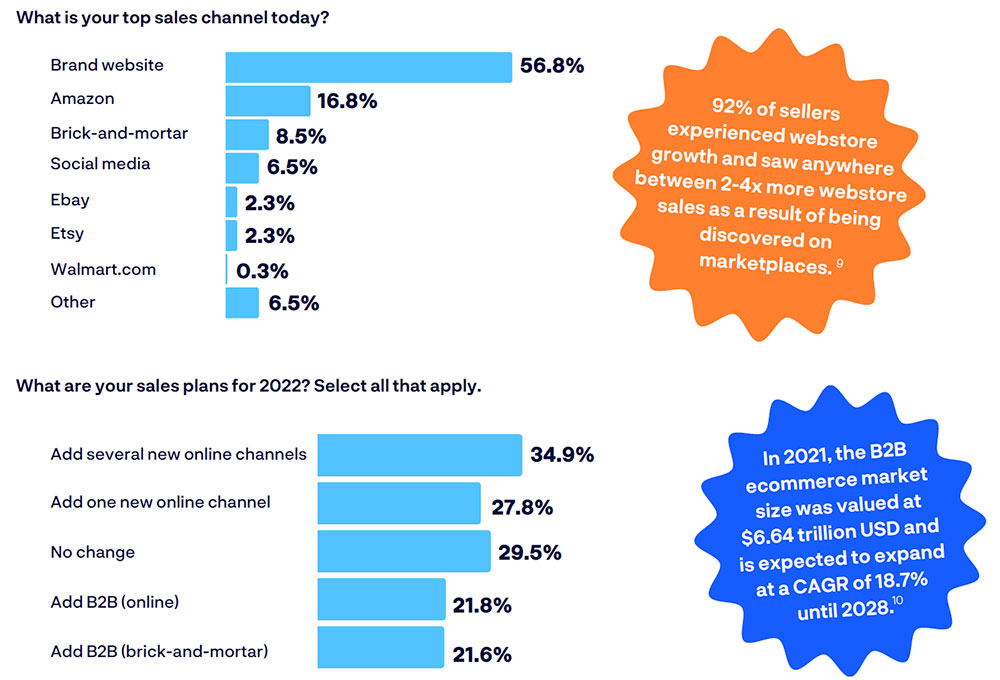
Charts Credit: ShipBob
Other marketing channels include Google, Facebook, Instagram, Twitter, TikTok, Snapchat, YouTube, podcasts, and influencers. Researchers noted that more than 70 percent of brands will add new sales channels in 2022.
The report found most brands expect growth this year despite supply chain setbacks. Researchers surveyed 352 retail executives all over the world and across verticals.
- 62% of brands expect their revenue to grow by more than 25% in 2022
- 21% of brands expect to double their revenue from 2021 to 2022
- 0.6% percent of brands expect revenue to stay flat in 2022
Shipping Times Rebounding
Despite pandemic labor slowdowns, overloaded shipping carriers, and supply chain disruptions, the report found that carriers rebounded to their pre-Covid transit times and had a much-improved peak season.
Before Covid, UPS had an average transit time of 2.96 days. At the end of 2020 it went up to 4.96 days. During the end of 2021, they were back down to an average of 2-2.35 days, faster than before Covid.
FedEx had an average transit time of 3.24 days pre-Covid, which hit an all-time high of 4.98 days at the end of December 2020. During the 2021 holiday peak season, they averaged 2.97- 4.34 days.
DHL averaged a 2.85-day transit time pre-Covid, but experienced an all-time high of 5.21 days the last week of April 2020. DHL had additional peaks in mid-December 2020 and mid-February 2021, but by the end of 2021, their average transit time was 3.42-4.12 days.
USPS had a 2.52-day average transit time pre-Covid, which shot up to 6.58 days at the end of 2020. During the 2021 holiday season, they had a 1.65-3.31 day average transit time — less than half the time it took for a package to be delivered during peak 2020.
Flexibility, Better CX Make for Success
In the e-commerce logistics world, change is a constant. Brands that are flexible and provide a good customer experience are more likely to succeed, the report concludes. Expansion is a top goal for growing brands.
The expansion can take several paths based on finding new sales channels and reaching new and/or less saturated consumer bases globally. Optimizing shipping and fulfillment strategies as businesses scale can further streamline inventory management while meeting customers where they are, researchers suggested.
It is a very challenging time for brands, but many are diversifying their supplier and manufacturer mix, their supply chain partners, their sales channels, and their marketing mix all to stay afloat and thrive, said Saxena.
“What worked five years ago, or even one year ago, will not cut it today,” he observed.
ShipBob is a fulfillment platform that supports over 7,000 e-commerce brands with a global network of more than 30 fulfillment centers across the U.S., Canada, U.K., EU, and Australia. The platform helps brands determine optimal inventory placement to improve delivery speeds and reduce shipping costs.




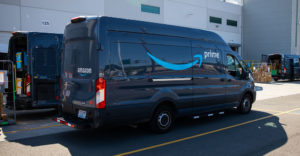
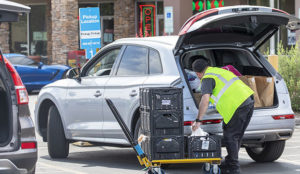




















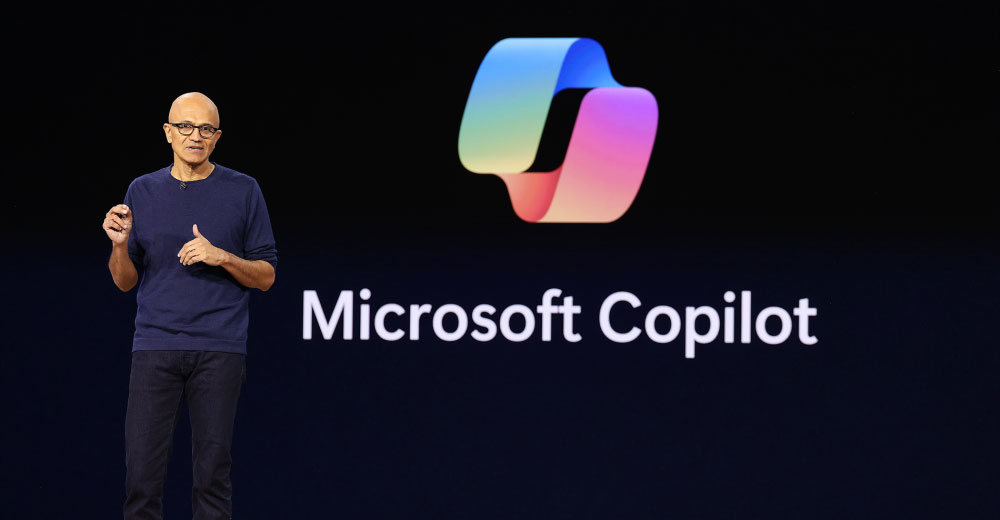

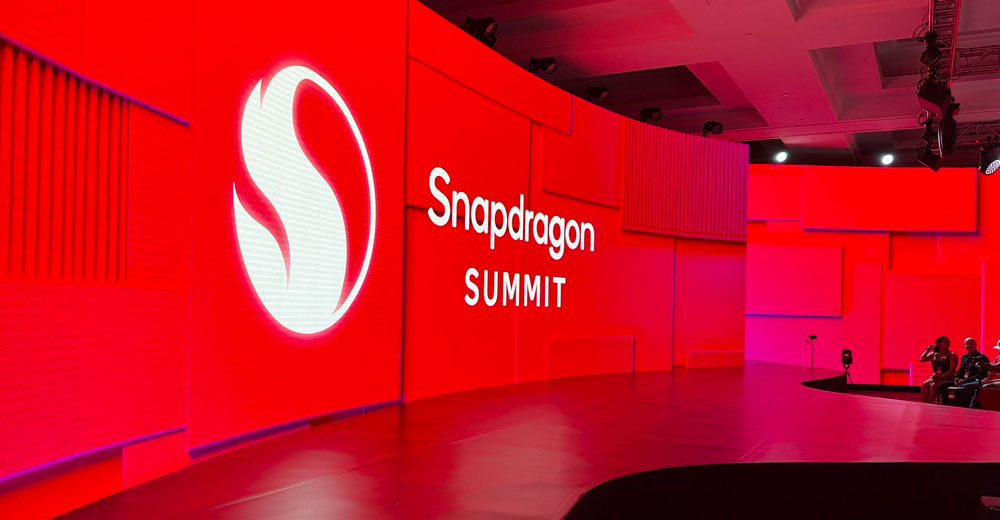





























Social Media
See all Social Media